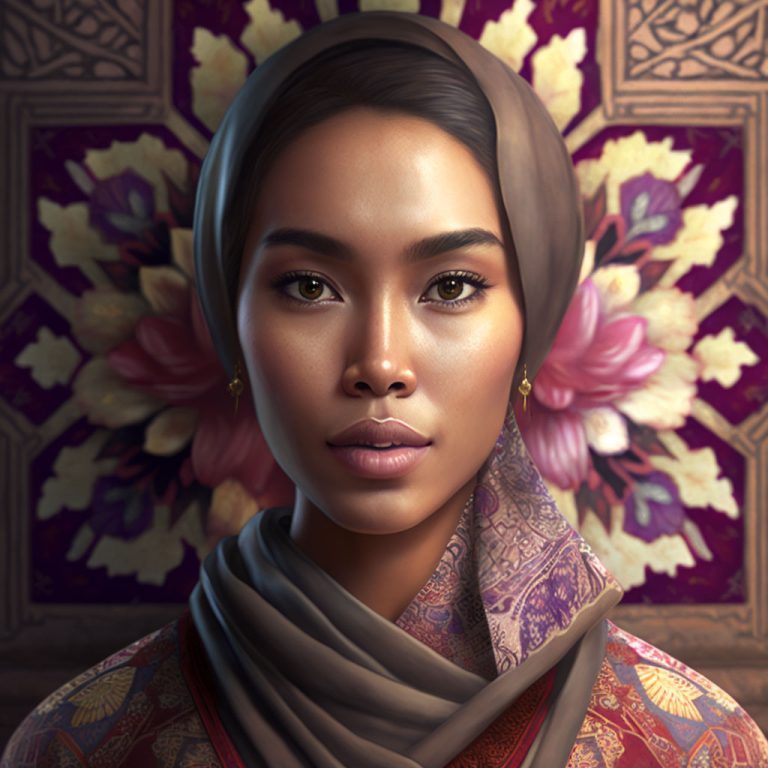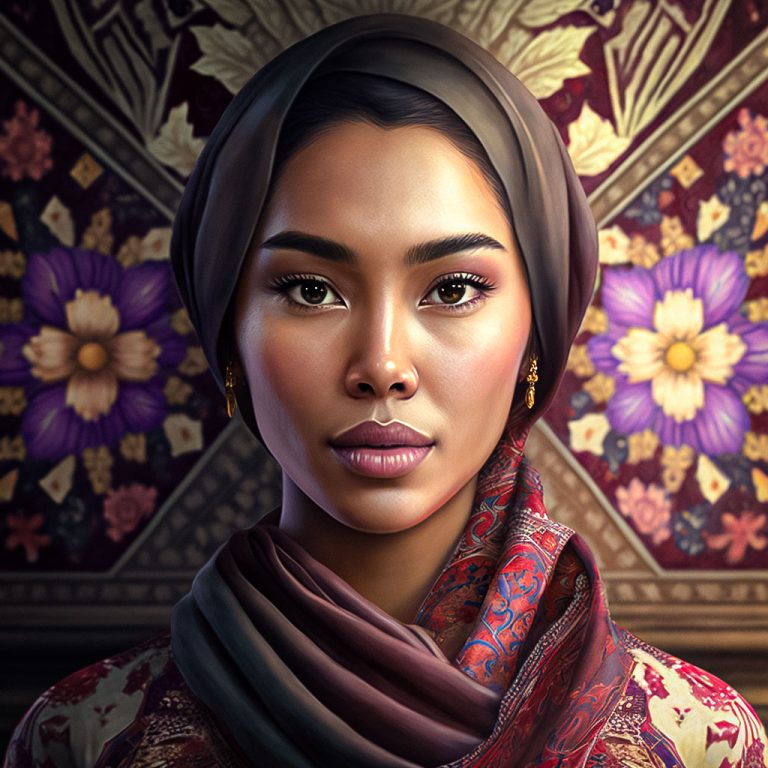AI-Generated Portraits and their Effect on Photography Teaching and Learning.
Mohd Fadhil Kamarudin
The use of artificial intelligence (AI) is becoming more and more prevalent across a wide range of sectors, including photography. The creation of AI-generated portraits is one of the most intriguing uses of AI in photography. These pictures are made by teaching computer software such as DALL-E 2 and Midjourney from a massive collection of human photos to produce fresh portraits. AI-created portraits have a substantial and wide-ranging impact on photography education.

Advantages of AI Generated Images in Teaching and Learning.
The ability for photography students to study and hone their skills without the need for models is one of the most significant advantages of AI-generated photographs. For students who are just starting out, models can be pricey and hard to get. However, without a real subject, students can test out various lighting and composition strategies using AI-generated portraits. This can be very helpful for students who might not have access to a studio or who might practise in their homes.

A steady and dependable source of practice material can also be offered by AI-generated portraits. AI-generated portraits can be created on demand and used as many times as necessary, in contrast to human models who may grow weary or bored after prolonged hours of posing. This enables students to try out various settings and tactics without being concerned about a model’s availability or mood.
Benefits for Photography Instructors.
AI-generated portraits can also assist photography instructors in clarifying and illustrating important ideas. To illustrate the significance of lighting and shadow in portrait photography, for instance, an instructor could utilise an AI-generated portrait. The teacher can demonstrate how different lighting configurations can drastically alter the atmosphere and character of a portrait by playing with the lighting and shadow in the image. This is especially helpful for those who struggle to comprehend ideas through words alone, such as visual learners.
Ethical Issues.
AI-created portraits do, however, also bring up some significant ethical issues. Some people have criticised the technology, for instance, for upholding biases depending on the information used to train the algorithm or for upholding unrealistic aesthetic standards. Photographers and educators must be aware of these issues and take precautions to address them. To ensure that the generated portraits do not reinforce biases based on race, gender, or other criteria, it is crucial to employ a varied and representative dataset while training the algorithm, for instance.

‘Despite these problems, AI-generated portraits for photography teaching are beneficial. To assist students learn and progress, they give constant practice material. Without a human model, students can test alternative ways and environments. However, this technology’s ethical ramifications must be acknowledged and addressed.’
In conclusion, artificial intelligence (AI)-generated portraits are a promising area of photography. They may significantly improve photography teaching and learning by giving students a dependable source of practice material and allowing them to explore various settings and techniques. But it’s crucial to be aware of any potential ethical issues raised by this technology and to take action to address them. It will be crucial for photographers and educators to keep aware and adjust to these changes as AI develops and becomes more powerful to continue offering high-quality photography education.


